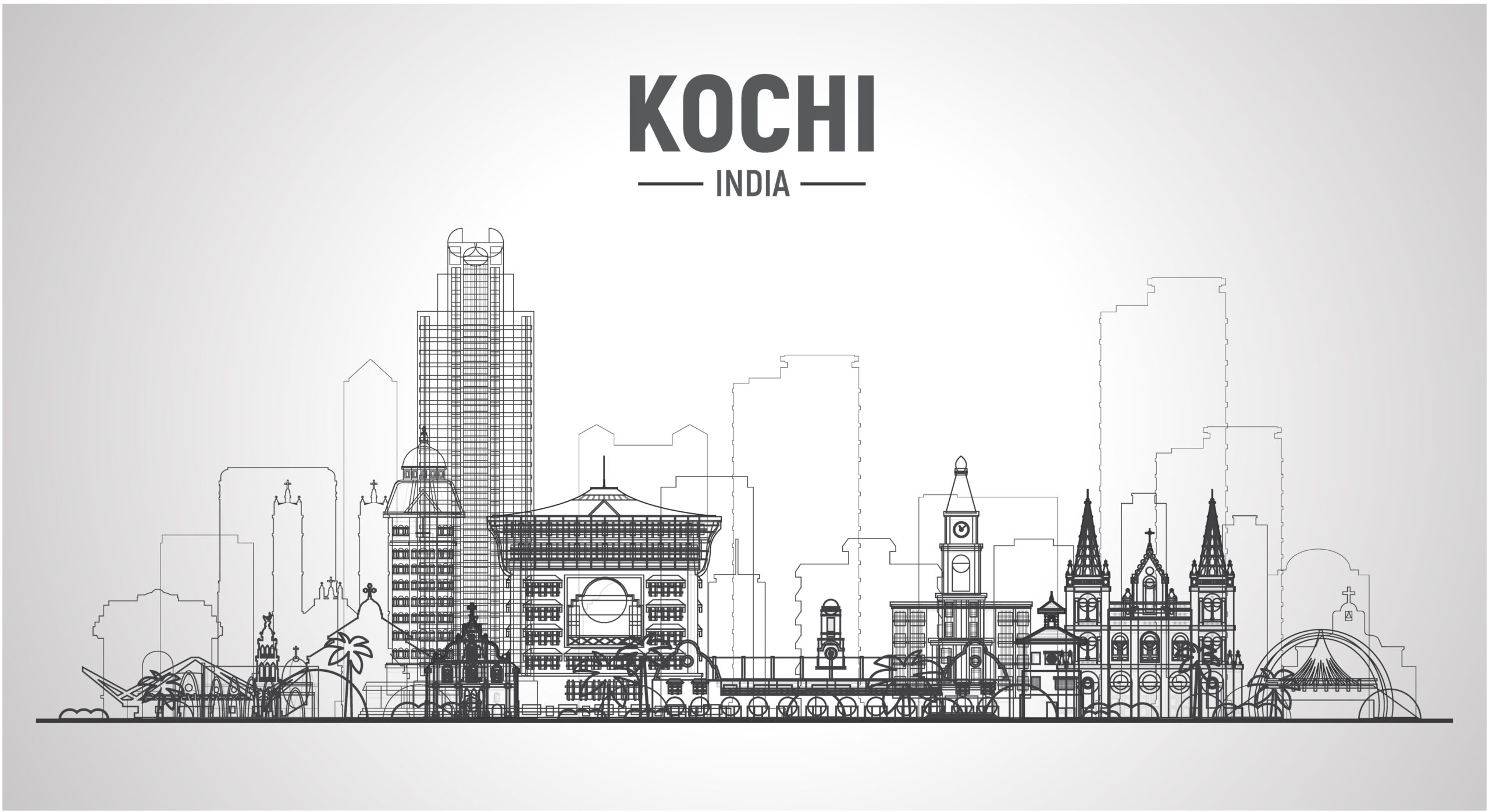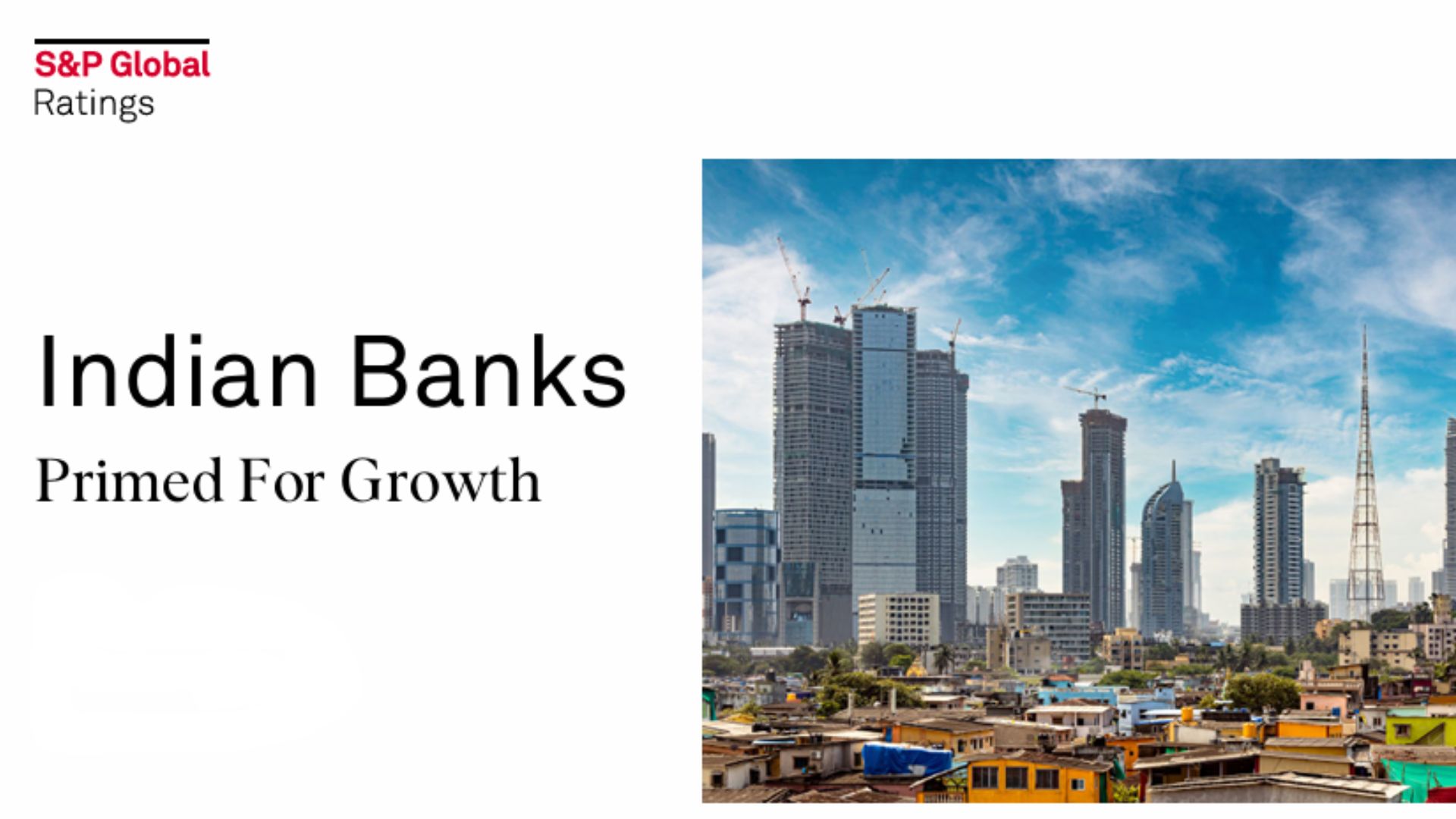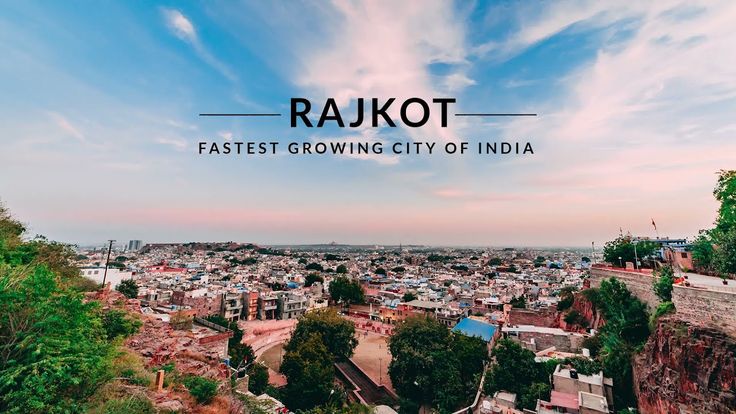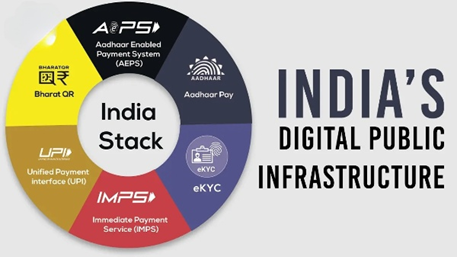Which Sector is Likely to Contribute Most to SME-driven Job Creation in the Next 5 Years?

India’s economic narrative is undergoing a structural transformation. The Make in India initiative, launched a decade ago, has successfully shifted the nation’s trajectory from being largely service-oriented to becoming an emerging powerhouse in manufacturing, innovation, and entrepreneurship. With cumulative FDI inflows of over $600 billion since 2014, India has established itself as a global magnet for investment, while its SMEs and MSMEs have emerged as the backbone of this growth story.
These enterprises are far more than peripheral contributors. Today, SMEs contribute 30% of India’s GDP, 45% of its exports, and employ over 110 million people. As India positions itself to become a $5 trillion economy, SMEs and MSMEs will not only provide the bulk of new employment opportunities but also ensure inclusive growth across rural and urban areas. The strategic question now is: which sectors will drive the maximum SME-led job creation in the next five years and what role will they play in shaping India’s future?
1. Green Energy, EVs and Advanced Manufacturing
Sustainability is no longer peripheral to India’s growth; it is central. India has installed over 100 GW of renewable capacity, positioning itself as the third-largest renewable energy producer globally. SMEs are integral across the value chain, from solar PV modules and wind turbine components to EV battery packs, charging stations, and smart grid solutions.
- The Suryaghar Muft Bijli Yojana (the world’s largest rooftop solar program) has already mobilized over 1.5 million household installations.
- Electric vehicles (EVs) represent another SME-intensive frontier. India is targeting 30% EV penetration by 2030, with SMEs manufacturing battery packs, charging stations and lightweight components.
Together, renewable energy and EV-linked advanced manufacturing could create 1.5–2 million SME-driven jobs in the next five years, particularly in states like Tamil Nadu, Gujarat and Maharashtra where clusters are already forming.
2. Agritech and Rural Technology
Agriculture continues to employ over 40% of India’s workforce, yet productivity remains low. The rise of agritech SMEs is changing this paradigm by introducing AI-driven soil testing, drone-based spraying, cold storage solutions and farm-to-market platforms.
- Startups like DeHaat, Ninjacart and Bijak are already connecting millions of farmers to markets.
- Government programs like the Digital Agriculture Mission and e-NAM (National Agriculture Market) are giving SMEs the scale to reach rural communities.
These enterprises are not only reducing wastage and increasing farmer incomes but also creating millions of rural jobs in logistics, warehousing and digital services. If scaled, agritech and rural tech SMEs could generate 7–8 million new jobs by 2030, making it one of the most inclusive employment engines.
3. Defense and Aerospace Manufacturing
India is transitioning from being one of the world’s largest defense importers to an emerging exporter.
- Defense exports have grown 225% in five years, crossing ₹21,000 crore annually.
- The LCA Tejas fighter jet program involves 2,448 MSMEs, while the INS Vikrant aircraft carrier achieved 76% indigenous content.
- SMEs contribute 75% of the component ecosystem for the BrahMos missile.
With India targeting ₹1.5 lakh crore in defense production by 2025, SMEs are poised to play a critical role in aerospace components, electronics and precision engineering. While defense may not create mass employment, it will generate high-quality, high-value engineering roles that enhance India’s technological competitiveness.
4. Pharmaceuticals, Biotechnology and Medtech
India is already known as the “pharmacy of the world,” exporting medicines to more than 200 countries. However, the next phase of growth will be led by biotechnology and medical technology SMEs.
- The PLI scheme for bulk drugs and medical devices has attracted ₹3,420 crore in new investments, reducing import dependence on APIs and enabling local manufacturing of MRI machines, stents, and implants.
- Indigenous innovations like Nafithromycin, India’s first macrolide antibiotic, mark the shift from generics to novel drug development.
SMEs play a pivotal role in API production, diagnostic devices, biotech research and telemedicine platforms. The sector could generate 3–5 million jobs by 2030, heavily concentrated in skilled employment and high-value R&D.
5. Digital Services, IT, and Electronics
India’s digital economy is the most dynamic SME-led growth story today.
- 118 unicorns and 1.8 lakh startups have collectively created 1.76 million jobs.
- Electronics manufacturing exports, driven by PLI schemes, surged 132 times in a decade, crossing ₹2 lakh crore in 2024-25.
- SMEs are thriving in AI, SaaS, cybersecurity, fintech and e-commerce, leveraging digital public infrastructure like UPI, ONDC and DigiLocker.
The scalability of digital SMEs, combined with India’s expanding talent pool, makes this sector the largest white-collar job creator, capable of adding 10–12 million jobs in the next five years.
6. Textiles, Apparel and Handicrafts
Labor-intensive sectors like textiles remain crucial for India’s job creation.
- India is the second-largest textile producer globally, with SMEs forming the backbone of apparel, garments and technical textiles.
- PLI schemes for man-made fibers and technical textiles are positioning India in high-value segments.
- Handloom and handicraft SMEs are finding new markets via global e-commerce integration.
This sector could generate 5–6 million jobs, particularly benefiting women and rural workers, thereby ensuring equitable employment opportunities.
7. Space and Deep-Tech Startups
India’s space economy, projected to reach $40 billion by 2040, is a new frontier for SMEs.
- Over 200 startups are working on launch vehicles, satellite components and downstream applications.
- ISRO’s ecosystem has opened supply chains to private players, allowing SMEs to support missions from Chandrayaan to Gaganyaan.
While job numbers may be smaller compared to traditional sectors, these will be high-value, innovation-led roles, positioning India as a global leader in affordable space technology.
8. Infrastructure and Construction SMEs
The National Infrastructure Pipeline (NIP), with a projected $1.4 trillion investment, ensures SMEs in construction, logistics and material supply remain vital.
- Affordable housing, logistics corridors and smart cities rely heavily on SME contractors and suppliers.
- SMEs in steel fabrication, cement and modular construction are scaling rapidly.
This sector could create 5–7 million blue-collar jobs, especially in Tier-2 and Tier-3 cities.
9. Tourism, Hospitality and Creative Industries
Tourism accounts for nearly 10% of global employment and is a growing SME-driven opportunity in India.
- With India hosting like the ICC Cricket World Cup, international expos & proposal of hosting Commonwealth Games 2030, SMEs in hospitality, transport and creative industries are experiencing momentum.
- The Dekho Apna Desh initiative and expansion of regional airports are supporting SME-led tourism clusters.
This sector could generate 4–5 million jobs by 2030, with strong regional and cultural multipliers.
Which Sectors Will Lead?
Each sector contributes differently to India’s employment strategy:
- Digital Services: Scalable white-collar employment, 10–12 million jobs.
- Agritech & Rural Tech: Inclusive rural employment, 7–8 million jobs.
- Textiles & Infrastructure: Large-scale labor absorption, 10+ million combined.
- Green Energy, Defense, Healthcare, Space, Tourism: High-value specialized jobs, 12–15 million combined.
Taken together, SMEs could generate over 25 million jobs across diverse industries by 2030.
The SME Decade of India
The coming decade will be remembered as the decade of SMEs and MSMEs in India. With PLI schemes, FDI inflows, digitized compliance and credit reforms, these enterprises will not just provide jobs but also anchor India’s transition into a globally competitive, innovation-driven economy.
The priorities are clear:
- Access to capital- scaling financing channels for small businesses.
- Skill development- creating workforce readiness in advanced technologies.
- Global integration- embedding SMEs into global supply chains.
- Inclusive growth- ensuring rural and women-led enterprises thrive.
If these priorities are executed with discipline, SMEs will ensure that India’s transformation is not just measured in GDP growth, but in employment, empowerment and global leadership. The next five years could thus see India emerge not just as the world’s factory, but as its most dynamic hub for SME-led innovation and job creation.











